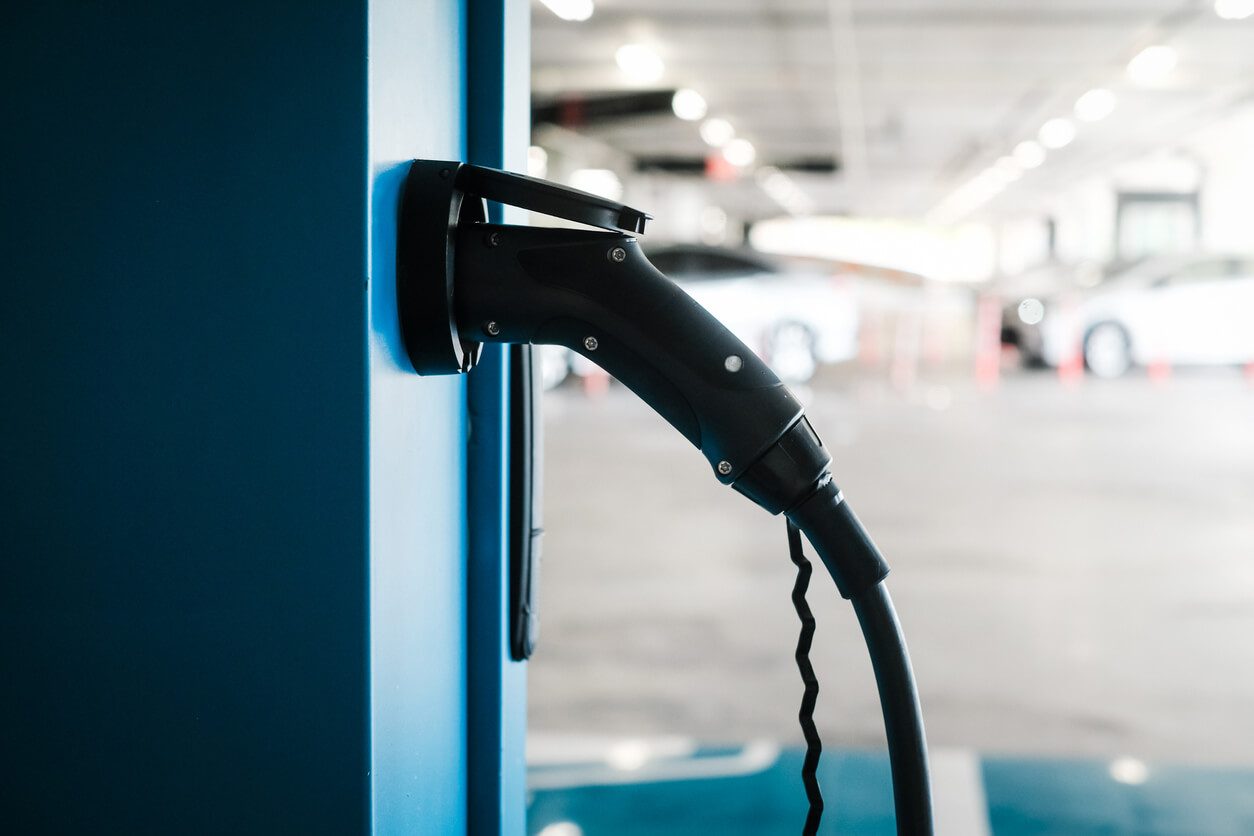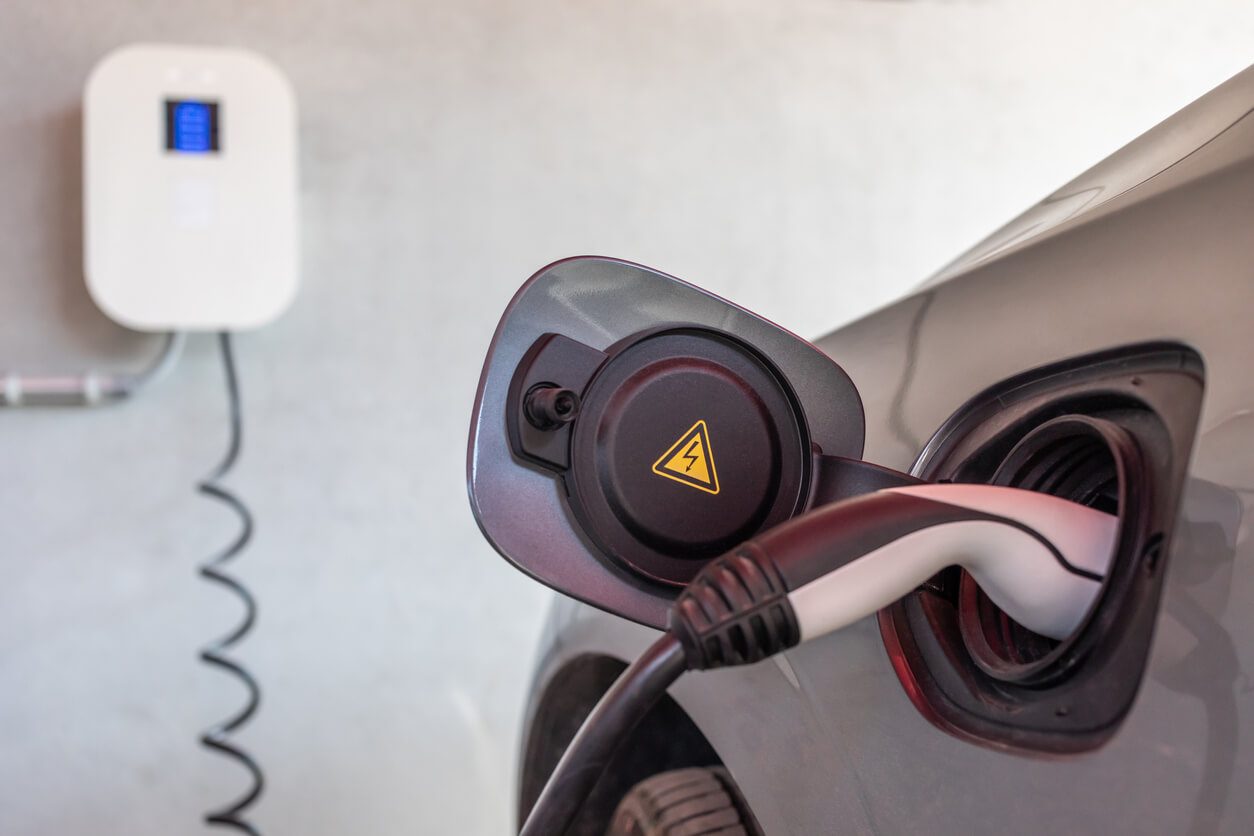How Much Energy Are You Saving by Using an Electric Vehicle?
How Much Energy Are You Saving by Using an Electric Vehicle?
It’s been proven that electric vehicles (EVs) can save a considerable amount of energy. In fact, the U.S. Department of Energy has concluded that EVs are noticeably “more efficient than their internal combustion engine (ICE)-powered counterparts,” with less power lost through their drive system. This is one reason why they are growing in popularity among personal and commercial drivers. EVs can also be cheaper when it comes to fueling (or charging), maintenance and repairs, taxes, and more. Many commercial operations are already implementing EVs into their fleets to become more sustainable and save money through lower operating costs, with many more looking to do so in the next three-to-five years.
Let's Talk Emissions
Tailpipe Emissions
EVs produce zero tailpipe emissions while on the road or idling, unlike ICE-powered vehicles. that emit harmful gasses from their tailpipe in operation. Although it varies by driving habits and the vehicle make and model, generally, an EV loses less of its energy efficiency. According to the U.S. Department of Energy, an EV loses between 15 and 20 percent of energy when driving, while an ICE vehicle loses 64 to 75 percent. Their website also states that, through regenerative braking, an EV can recycle up to 34% of its lost energy. In a regenerative braking system, a vehicle’s kinetic energy is converted into electrical energy and charges the battery when the brakes are applied. In a non-hybrid gas-powered vehicle, braking energy is not captured.
Lifecycle Emissions
In addition to tailpipe emissions, battery manufacturing plays a role when considering lifetime emissions. Studies show that at this time, manufacturing an EV has a larger carbon footprint than the comparable ICE model. However, research shows that since EVs do not generate tailpipe emissions, they are overall better for the environment throughout their lifecycle.
Electric Emissions
Although EVs do not produce emissions while driving, charging them does indirectly generate carbon pollution. Most electric grids are powered by a mix of energy sources, including fossil fuels like coal and natural gas, and EVs need electricity to recharge their battery. That said, there are worldwide efforts to transition to renewable energy such as solar, wind, and geothermal. As the energy grid becomes cleaner, so does EV charging. In fact, it’s predicted that by implementing a clean grid, EV emissions can be reduced an additional 75%.
Differences in Energy Usage While Driving
MPG vs. MPGe
It can be tricky to compare energy usage in EVs and ICE vehicles, but MPG (miles per gallon) and MPGe (miles per gallon equivalent) can calculate the average mileage for each type of vehicle. MPGe was developed by the EPA to enable drivers to make easy comparisons and more informed decisions when considering an EV. MPG is a measurement of how many miles a vehicle can travel per gallon of gasoline, and MGPe is the EV equivalent — how many miles it can travel on the equivalent amount of electric energy.
Total Cost of Ownership
Fleet managers must take many factors into consideration when estimating the total cost of ownership of their fleet vehicles. It’s important to keep in mind that EVs have limited historical data for comparison since they have had less time on the market than ICE vehicles. Here are a few factors to consider:
- Upfront Cost (Including Rebates and Tax Incentives)
- Residual Value
- MPG/MPGe
- Fueling or Charging Costs
- Insurance and Registration Costs
- Taxes
- Maintenance and Repair Costs
RELATED READING: < The Road to EV Adoption: How Fleet Managers Can Transition from Traditional to Innovative EV Fleets >
The Bottom Line
The bottom line is that your fleet can save energy and lower your total cost of ownership by investing in electric vehicles. Available data indicates that it is significantly cheaper to fuel an electric car than an ICE-powered vehicle.
When you’re ready, our Fleet Electrification Consultants can help you get started with a plan to incorporate EVs into your fleet. Get in touch today!
Did you know that light trucks typically spend 12% of their operation time idling?
Let the Merchants Fleet strategic consulting team find opportunities to drive meaningful change for your fleet.





